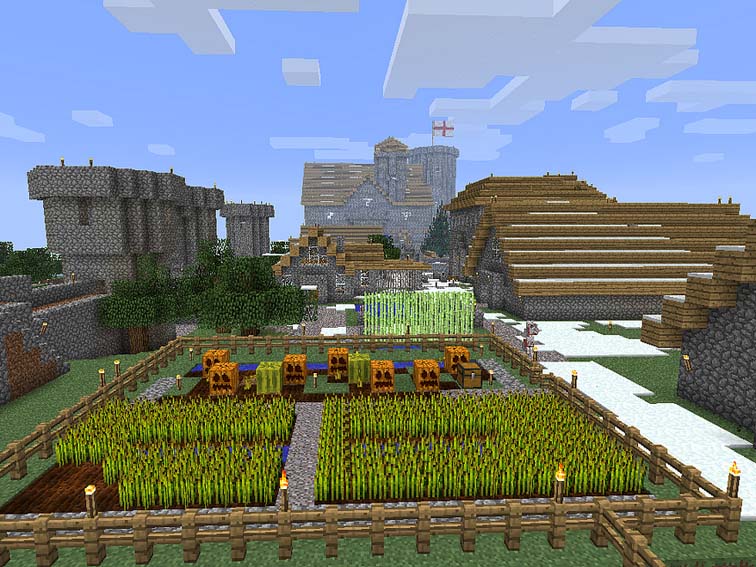
What Would A School Designed For Your Brain Look Like?
by Judy Willis, M.D., M.Ed
Have you ever imagined your ideal school? For me, it is one where brain research truly informs learning structures. Walking through such a school, I might find:
Instead of desks in neat rows and bells moving students at regimented intervals from one subject to the next, learning takes place in mixed age groups with flexibility of time and work areas suited to their activities. Peers, teachers, and student-requested real world professionals guide students in the use of technological, vocational, and professional tools – from ovens to skill saws, electron microscopes to spectrometers, and oil paints to digital design programs.
Students in both indoor and outdoor spaces learn through online games chosen by students for knowledge and skillsets they want to acquire for projects and inquiries in their units of study. Students’ rapid keyboarding and focused concentration reflect the flow of their high engagement.
If you ask students why they are so responsive to educational games, they go beyond descriptions of cool graphics, and explain their brains’ dopamine reward response. They might say: “The games are challenging, but not too hard. I know if I work at it, I can make it. I use the feedback from my mistakes, and when I figure out what I need and get to the next level – wow, do I feel great. It is called intrinsic satisfaction and comes from my own brain’s chemical—dopamine—each time the game shows me that I’ve moved a step closer to my goal.”
Excessive rote memorization can no longer keep up with the information boom and changing facts, so students now have internet access during tests. Since children’s brains no longer reactively act out or zone out under the stresses of frustration or boredom, behavior management does not overload teachers.
Teachers are highly respected professionals, and can be seen throughout the school providing enrichment, remediation, and engaging students in problem-solving and inquiry activities. A physics teacher suggests to the group exploring Newton’s Second Law that they go meet with the P.E. teacher and see if any of the sports equipment could demonstrate the action-reaction phenomenon. When I check the gym later, I see students filming a punching bag and a trampoline jumper.
As I leave the school walking through the vegetable garden and weather station, I take delight that neuroscience has contributed some of the research that has made schools like this one blossom throughout the planet. Public schools are achieving the goals designed for these 21st century children, and we are witnessing an era of profound social, economic, scientific, and democratic accomplishments from the students educated therein.
This post was originally shared on ascd.org
